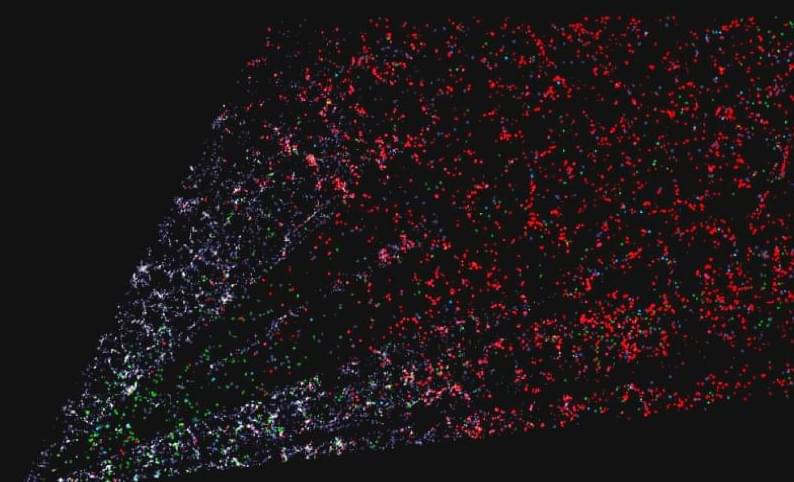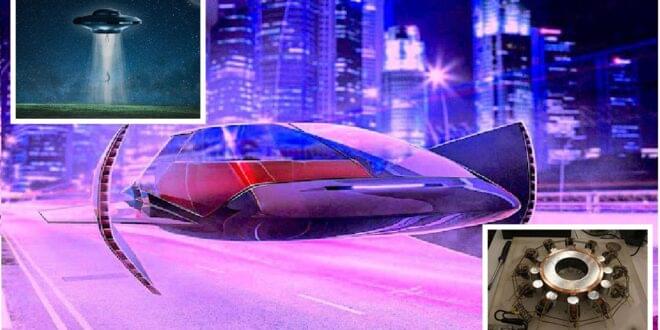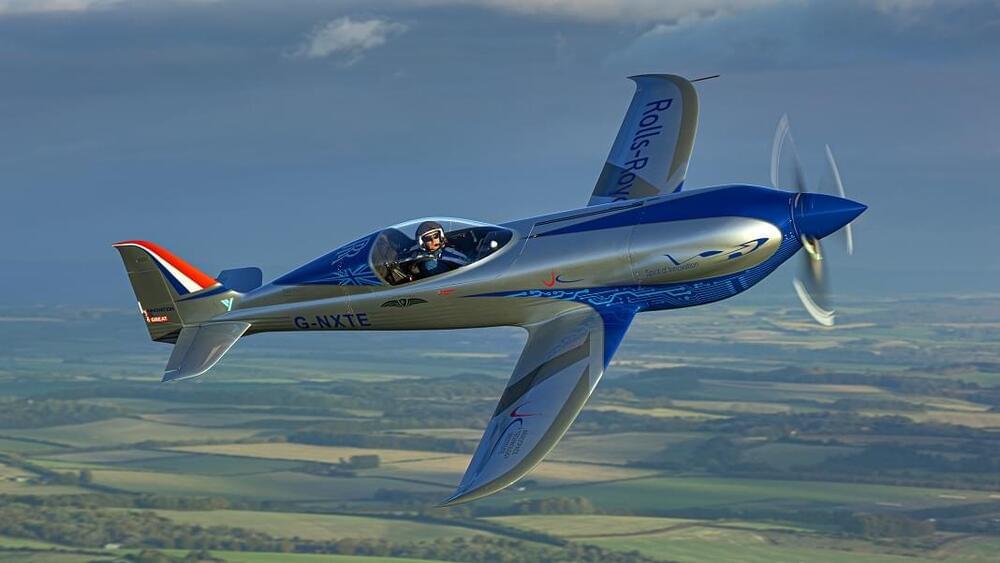Its aim is to help us understand the past and future of the universe.
You may have heard of the Dark Energy Spectroscopic Instrument (DESI) from the Lawrence Berkeley National Laboratory’s Department of Energy. We reported on the project all the way back in 2016 when the team of scientists launched 5,000 small robots into space to help develop the first map of the universe beyond earth.
Then, in 2017, we reported how the project had created a 3D map of our galaxy’s space dust. The map was successful at plotting each individual dust that exists in our galaxy in order to clear up the deep space view and measure the accelerating expansion rate of the universe.
Now, DESI has revealed that it has finally created the largest and most detailed map of the universe ever. As impressive as this achievement is, DESI notes that it’s only 10% done with its five-year mission.
Full Story:
The project is called the Dark Energy Spectroscopic Instrument (DESI) and it’s run by the Lawrence Berkeley National Laboratory’s Department of Energy.






